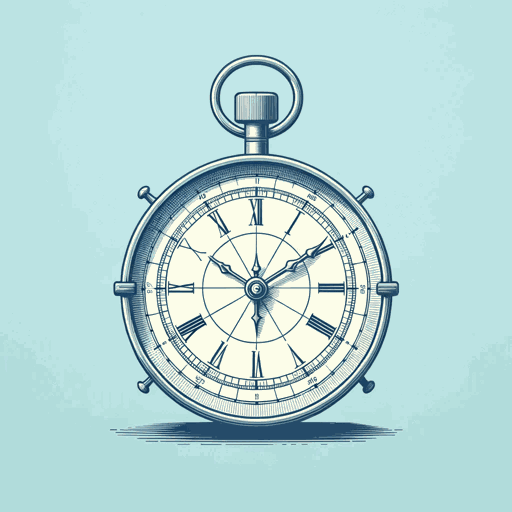68 pages • 2 hours read
Dava SobelLongitude: The True Story of a Lone Genius Who Solved the Greatest Scientific Problem of His Time
Nonfiction | Book | Adult | Published in 2005A modern alternative to SparkNotes and CliffsNotes, SuperSummary offers high-quality Study Guides with detailed chapter summaries and analysis of major themes, characters, and more. For select classroom titles, we also provide Teaching Guides with discussion and quiz questions to prompt student engagement.
During Reading
Reading Questions & Paired Texts
Reading Check and Short Answer Questions on key points are designed for guided reading assignments, in-class review, formative assessment, quizzes, and more.
FOREWORD-CHAPTER 5
Reading Check
1. Which famous astronaut wrote the Foreword, and what does he identify that runs through Greenwich Observatory?
2. What are the six imaginary lines that Sobel references?
3. What was the Longitude Act of 1714?
4. What did English clockmaker John Harrison invent?
5. Which technique did the captains of the Age of Exploration use to roughly gauge their locations?
6. What two navigational tools did the “heavens” provide sailors?
Short Answer
Answer each question in at least 1 complete sentence. Incorporate details from the text to support your response.
1. How was Ptolemy integral to the establishment of the imaginary lines?
2. What are the major differences between the use of latitude and longitude measurements? How did this difference shape early exploration as well as governments’ interests in the science of longitude?
3. What were the negatives of the inability to establish safe passage routes for ships on the longitude lines? Consider physical health as well as economic difficulties.
4. What was Galileo’s contribution to the problem of longitude? How was his solution viewed by scientists and politicians of the day?
5. Describe how clocks were considered a way to find longitude.
Related Titles
By Dava Sobel



